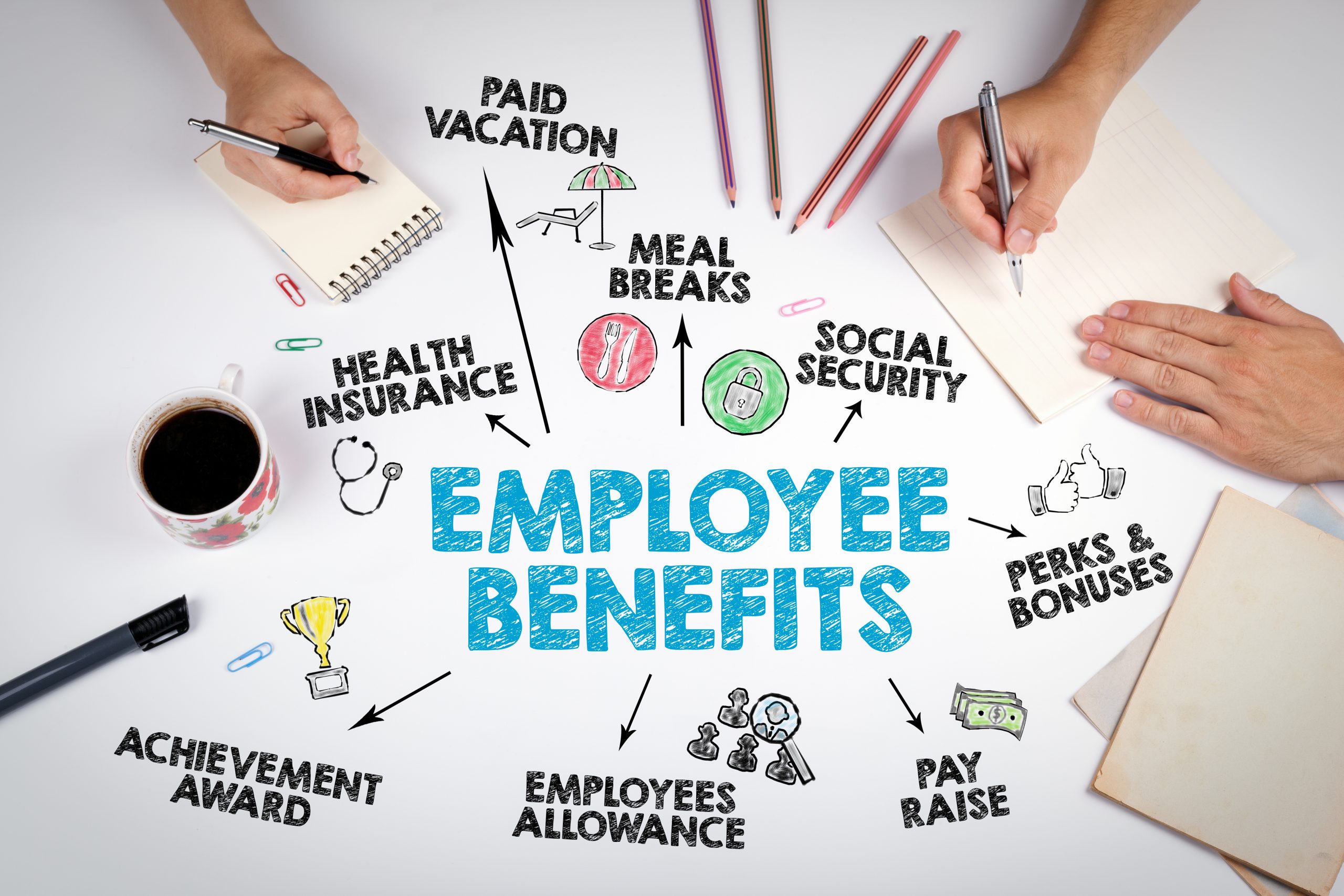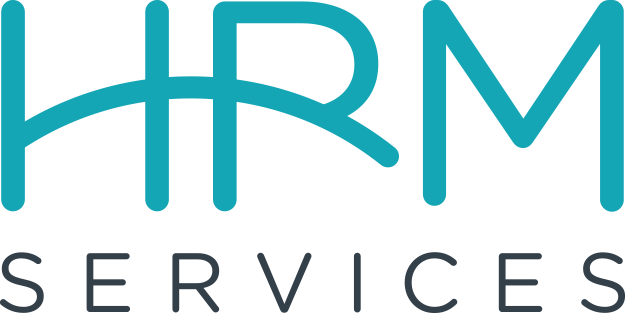
Welcome to the June edition of HR Hot Topics!
This month, we’re talking about total compensation statements, and here’s why you need to pay attention to this. I know almost all of you are feeling the pinch of a very tight labor market. The number of job openings in 2021 skyrocketed. And now that we’re halfway into 2022, they’ve stabilized, but there are almost twice as many as there were pre-pandemic. Let me say that again, almost twice as many job openings nationwide right now, as we had pre-pandemic.
Then you couple that with the fact that April marked the 11th consecutive month where voluntary quits were over 4 million nationwide. Some major shuffling going on, right? The labor market’s tight, a lot of competition, and this has forced many of you to take a look at your compensation and make adjustments – not just for new positions you have open – but anytime you adjust, starting pay for an incoming job applicant, it could potentially create compensation compression for your existing staff.
Now you have to look at what everybody else is currently paid and potentially make adjustments there. And I think for many clients, at least the ones I’ve been speaking to, they’ve done that. They understand the market is sort of driving this need to increase compensation across the board, but there’s a certain point where it can’t go up anymore. I mean, you have to be able to balance the books at the end of the month.
So, let’s talk about this idea of a total compensation statement because you pay more to an employee than just their direct wages, right? If you’re offering insurance and you’re picking up a portion of that, there’s a cost associated with it. If you’re paying for paid time off, right? If that’s a benefit that you give to staff, there’s a dollar amount associated with that. If you’re offering a uniform allowance, if you’re paying for them to do continuing education, right? If you’re paying for any sort of a car allowance…I mean, the list goes on and on.
There are many things that employers give to employees that would be considered benefits, but the cost associated with providing those benefits is not clearly defined anywhere. An employee’s pay stub shows direct compensation, and maybe what the employer pays in terms of unemployment insurance or the match for social security, but that’s kind of where it stops. So in a job market where your current staff are being lured away with other opportunities or you’re trying to work really hard to bring new staff in – I think it’s time that employees had the full financial picture of what they get when they work for you and of the investment you’re making in them. And that’s really what a total compensation statement is.
It’s listing out the direct costs that you pay to employees. So their wages and all the financial components of other benefits you’re providing get listed line by line and then totaled up at the bottom. An employee sees their total compensation, not just their direct wages, because an informed employee needs to have that in order to make good financial decisions – especially on whether or not to leave your place of business to work somewhere else or join your place of business from somewhere else.
Those financial considerations are a big part of it. It’s not the whole story, but it’s a big part of the story. And it’s one that we’re only telling half of. If you’re not doing this already, don’t beat yourself up. Only 38% of employers nationwide, according to a pay scale study in 2020, were doing this.
Only 38%, right? There’s a lot of room for improvement here, but in this job market where everything you do matters, we can’t afford to keep missing the boat on this. I’ve included links below – don’t forget, I’ve always got good links, right? So make sure you look at the links below. I’m also including an Excel spreadsheet, and the template is already created for you. All you have to do is put in the actual dollar amounts that correspond with both direct pay and then some of the other benefit lines that I’ve listed out. You can customize the listing of those benefits so that it matches what you’re currently offering, but it’s all set up for you. And it will automatically compile the dollar amount at the bottom. There’s also a graphing function that kind of ties into this as well.
A really nice visual for staff makes it fairly straightforward. So spend a little time on this, do the math, etc. You’re already paying the bill. You might as well get credit for it. Lay it all out. That becomes your total compensation statement. You’re going to have one for every single employee because they’re going to be unique to each employee’s circumstances.
Don’t miss the opportunity for how you share that information. Don’t just print it and hand it out with no context. You can either talk to your staff as a group and lay the groundwork. Here’s what this is. Here’s how to read it. Here’s why I’m giving it to you. You could do that verbally, or you could do that in writing depending on the size of your staff. This is a perfect opportunity to have some one-on-one meetings with your team.
A few months ago, I had a video on the power of stay interviews, and that talks about some questions you can ask one-on-one with staff to really assess their engagement level. You could combine some of those questions with the handing out of this total compensation statement. You could do all of this in just 10 minutes. Find out what’s going well and/or what roadblocks or challenges they’re facing and then share with them the value of the investment you’re making in them as an employee. You can do that through the total compensation statement. And I would do that now because your staff are being actively recruited away, whether they’re looking or not.
Because again, the labor market is just so tight. I would build this into some sort of a regular communication cadence. You can time it with your performance evaluations. You could do it every six months – whatever cadence that works best for you. This is a real missed opportunity if you don’t do this. Remember to take a look at the links, and of course, if you have any questions, you can always reach me directly at JodySchafer@workwithhrm.com.

